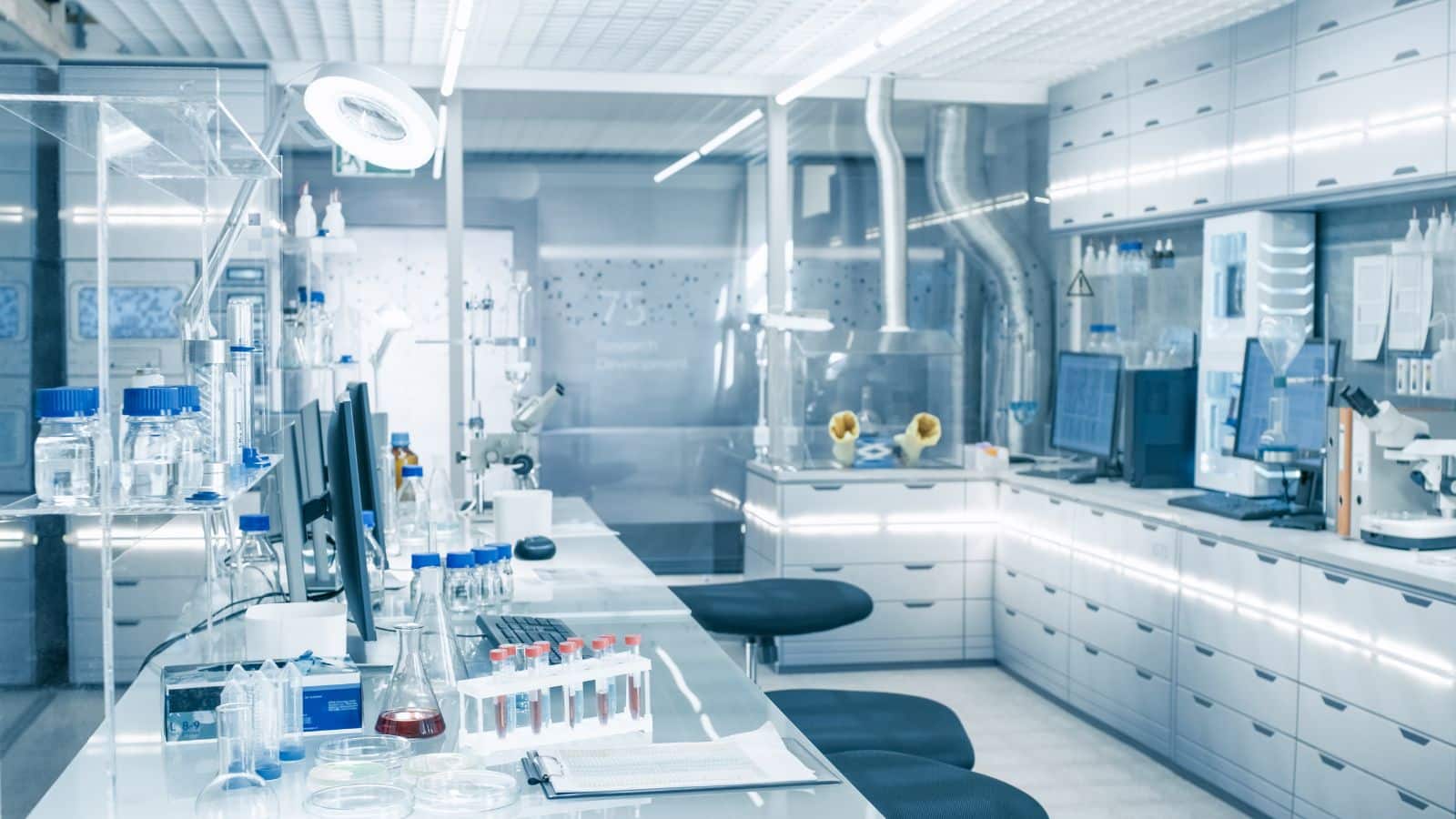Maintaining laboratory equipment is crucial for ensuring both the longevity of the equipment and the accuracy of experimental results. In a laboratory setting, precision is paramount, and even minor equipment malfunctions can lead to significant errors in data, compromising the integrity of research. Therefore, implementing a comprehensive maintenance plan is essential for any laboratory. This article explores best practices for maintaining laboratory equipment to ensure its optimal performance and extend its lifespan.
Importance of Equipment Maintenance
Ensuring Accurate Results
Accurate results are the cornerstone of any scientific research. Regular maintenance helps ensure that equipment is functioning correctly, which in turn helps produce reliable and reproducible results. Inaccurate readings due to poorly maintained equipment can lead to erroneous conclusions, wasted resources, and potentially harmful consequences if the research is applied in clinical or industrial settings.
Extending Equipment Lifespan
Laboratory equipment represents a significant investment. Proper maintenance can extend the lifespan of this equipment, reducing the need for costly replacements. Regular servicing and timely repairs can prevent minor issues from escalating into major problems, thus preserving the functionality of the equipment for a longer period.
Compliance with Regulations
Many laboratories must comply with strict regulatory standards that mandate regular maintenance and calibration of equipment. Failure to adhere to these standards can result in penalties, loss of accreditation, and compromised research integrity. A well-documented maintenance schedule helps ensure compliance with these regulations.
General Maintenance Best Practices
Develop a Maintenance Schedule
Creating a detailed maintenance schedule is the first step towards ensuring all equipment is regularly checked and serviced. This schedule should include daily, weekly, monthly, and annual maintenance tasks, as well as specific checks for different types of equipment. Regularly updating this schedule and ensuring all staff members are aware of their responsibilities is key to effective maintenance.
Perform Regular Cleaning
Regular cleaning is one of the simplest yet most effective maintenance practices. Dust, dirt, and residue can accumulate on and inside equipment, leading to malfunctions and inaccurate readings. Follow manufacturer guidelines for cleaning procedures and use appropriate cleaning agents to avoid damaging sensitive components.
Calibration and Validation
Calibration is the process of adjusting equipment to ensure its measurements are accurate. Regular calibration is essential for maintaining the accuracy and reliability of laboratory instruments. Validation, on the other hand, ensures that equipment performs its intended function correctly. Both processes should be carried out regularly according to the manufacturer’s recommendations and documented meticulously.
Specific Maintenance Practices for Common Laboratory Equipment
Microscopes
Microscopes are a staple in many laboratories and require careful maintenance to ensure clear and accurate viewing.
- Lens Cleaning: Regularly clean the lenses with lens paper and a suitable cleaning solution to prevent the buildup of dust and oil, which can obscure the view.
- Mechanical Parts: Ensure that moving parts, such as focus knobs and stage controls, are well-lubricated and free from debris.
- Storage: Store microscopes in a dust-free environment when not in use, and use covers to protect them from dust.
Centrifuges
Centrifuges are used to separate substances of different densities and require precise maintenance to function correctly.
- Rotor Inspection: Regularly inspect rotors for signs of wear and corrosion, as damaged rotors can lead to dangerous malfunctions.
- Balance Checks: Always balance the loads in the centrifuge to prevent uneven wear and potential damage.
- Lubrication: Keep moving parts well-lubricated to ensure smooth operation and prevent friction-related damage.
Spectrophotometers
Spectrophotometers measure the intensity of light and are crucial for various analytical procedures.
- Lamp Replacement: Replace the lamps at the intervals recommended by the manufacturer to ensure consistent light intensity.
- Wavelength Calibration: Regularly calibrate the wavelength accuracy using standard solutions.
- Optics Cleaning: Clean the optical components carefully to prevent dust and residue from affecting measurements.
Pipettes
Pipettes are essential for accurate liquid handling and require regular maintenance to ensure precision.
- Seal and O-Ring Inspection: Regularly check seals and O-rings for wear and replace them as necessary to prevent leaks.
- Calibration: Calibrate pipettes periodically to ensure volume accuracy.
- Disassembly and Cleaning: Disassemble and clean pipettes according to the manufacturer’s instructions to remove contaminants and prevent cross-contamination.
Implementing a Maintenance Management System
Documentation
Accurate documentation is crucial for tracking maintenance activities and ensuring compliance with regulatory standards. Maintain detailed records of all maintenance activities, including calibration, repairs, and routine checks. These records should be easily accessible for review by regulatory bodies or during audits.
Training Staff
Properly trained staff are essential for effective equipment maintenance. Provide comprehensive training on maintenance procedures, calibration techniques, and troubleshooting. Ensure that staff members understand the importance of maintenance and are capable of performing their assigned tasks correctly.
Using Maintenance Software
Consider implementing maintenance management software to streamline the process. These systems can help schedule maintenance tasks, track equipment history, and generate reports, making it easier to manage maintenance activities and ensure nothing is overlooked.
Troubleshooting Common Equipment Issues
Identifying Problems Early
Early identification of equipment issues can prevent minor problems from becoming major failures. Train staff to recognize common signs of equipment malfunction, such as unusual noises, inconsistent results, or error messages. Encourage prompt reporting and investigation of any irregularities.
Regular Inspections
Conduct regular inspections to identify potential issues before they escalate. Inspections should include visual checks, performance tests, and reviewing maintenance logs to identify patterns that may indicate an underlying problem.
Partnering with Manufacturers and Service Providers
Establish a good relationship with equipment manufacturers and authorized service providers. They can offer valuable support, including maintenance tips, troubleshooting advice, and professional repair services. Regular service contracts can also ensure that equipment receives expert attention when needed.
